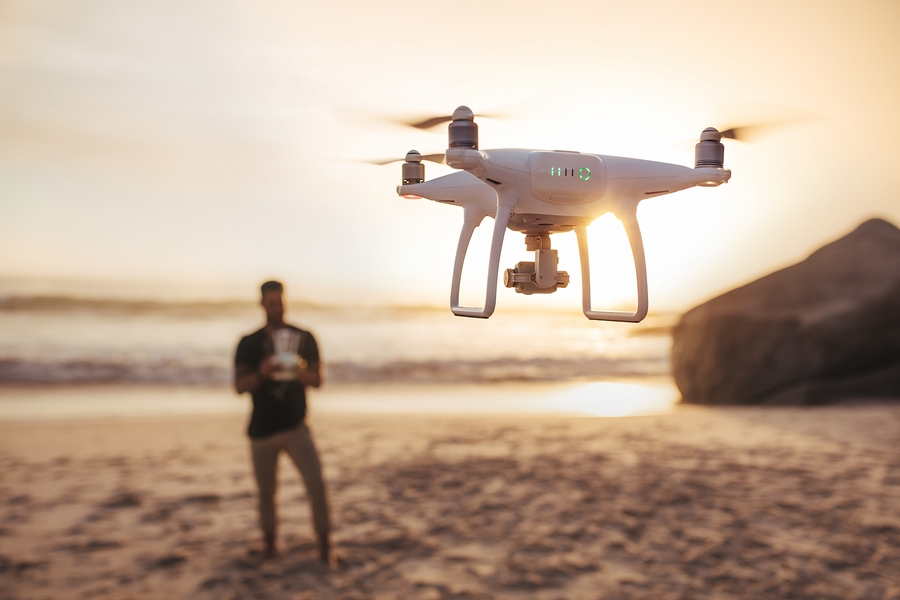Drone pilot – According to a study carried out in 2014 by Unmanned Systems Canada, the potential for the drone market (procurement and operations) is between $100M and $260M over ten years. Already used a great deal in the military field, drones are likely to experience rapid growth in the commercial sector. But beware, piloting a drone is nothing like remotely piloting an aircraft. Overview of the requirements to practise this occupation, the skills sought, the salary as well as developments and opportunities.
Requirements to pilot a drone
At present, piloting a drone for fun does not require a permit, providing the drone weighs less than 35kg, stays away from crowds and buildings, and that privacy and air safety is respected. However, the pilot of a commercial drone – used for business purposes – must have a Special Air Operations Certificate (SAOC) with a few exceptions (drone of less than 2kg guided in direct view, drone of less than 25kg flying at less than 87 knots in direct view). Breaking the law exposes the pilot to a fine of up to $25,000 from Transport Canada.
Varied skills and aptitudes
Piloting a drone is not for everyone. The pilot must demonstrate significant skills and abilities: ability to guide it in gyroscopic mode with GPS, command of spatial orientation, knowledge of meteorology, sense of discipline (respect for the flight plan and Canadian Aviation Regulation), technical skills (checking the aircraft between each flight, meeting the navigation settings, mastery of the activity’s software), disposition to listen (understanding the assignment) and communication skills (providing the information collected and writing reports of flights).
Pay can be very generous
The pay for a drone pilot is extremely variable, since it depends on the client (Google/real estate agent), the type of mission (festive event/wind turbine), the site (war zone/peace zone), etc. One thing is certain, today’s companies are ready to pay out to benefit from competent pilots. So a drone pilot can hope to be paid $50/hr or around $100,000/year, or even $200,000 if he is working in an area at risk or difficult to access.
Career development and opportunities
A drone pilot can develop toward a position of responsibility (leader of a team of pilots), become a trainer or create his own organization. He can also branch out into another field of activity, which better meets his aspirations. Today, and even more so tomorrow, there are many opportunities: federal organizations (RCMP, Transportation Safety Board), real estate agents (photos of properties), petroleum companies (tracking and repair), agriculture (insecticide spraying, crop condition analysis), surveillance (border, campus), search and rescue (infrared detectors to identify thermal signatures), package delivery (Google, Amazon), surveying (faster and less risky analyses), etc.
After an initial growth phase in all directions and at lightning speed (1672 SAOCs issued in 2014, compared to 345 in 2012, by Transport Canada), the time may have come to design 2nd generation drones. And why not silent drones to respect the environment of the human and animal populations flown over?
